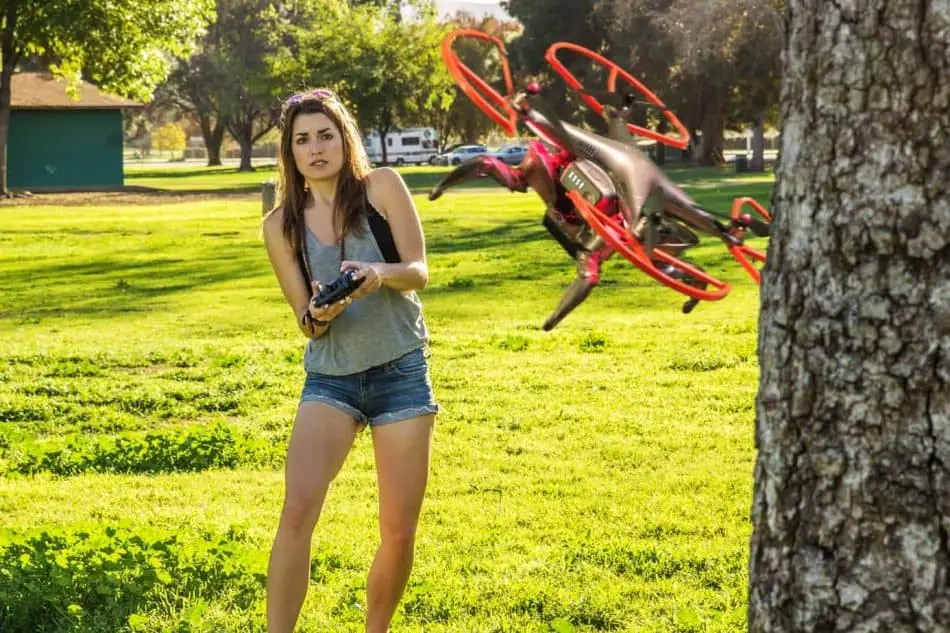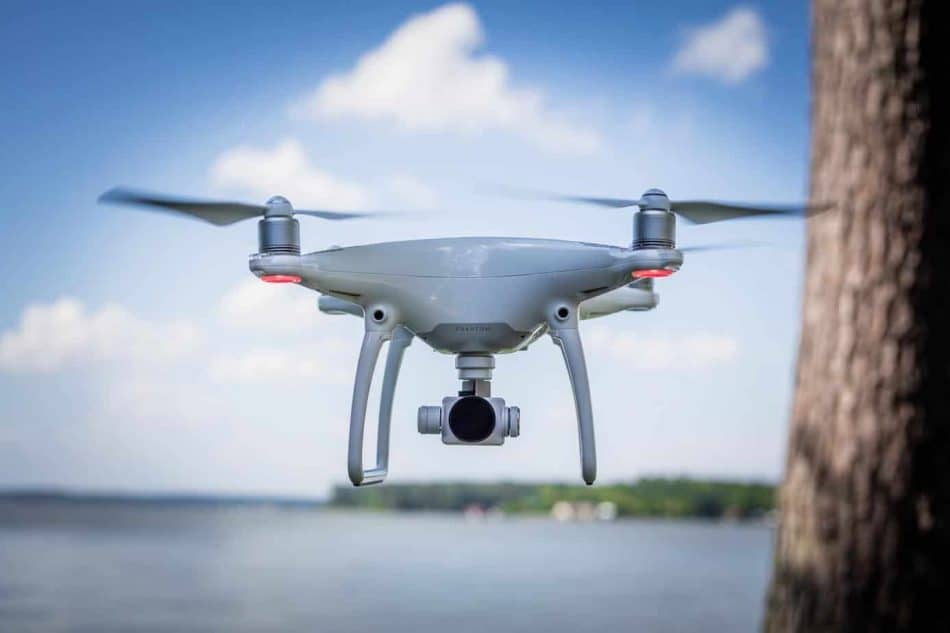Drones are expensive pieces of equipment, so, understandably, drone owners want to ensure they take the best care of their drones. One question around drone care is, do you have to calibrate a drone before every flight?
It’s not necessary to calibrate a drone before every flight. Calibrating a drone regularly is important, but some drone experts report calibrating your drone too often could cause damage.
Now that you know you don’t have to calibrate your drone before every flight, I’m sure you have come to ask related questions. I’ll seek to answer questions like how often you should calibrate your drone, how to calibrate drones, and what happens if you fly your drone out of range.

How Often Do I Calibrate My Drone?
You should calibrate your drone whenever you fly in a new location. I recommend recalibrating your drone whenever you’re outside a 30-mile (about 50 kilometers) radius of your drone’s previous flight location.
How To Calibrate Drones
Follow these simple steps to calibrate your drone:
- Charge your drone battery to 100%. Your drone will not calibrate if you are not using a fully charged battery.
- Place your drone on a flat surface. Take care to use a flat and smooth surface. Rough surfaces like gravel roads or grassy lawns will interfere with the calibration process.
- Enter your drone’s app and look for the Calibrate Inertial Measurement Unit (IMU) option. All drone manufacturers have a separate app layout. So, if you struggle to find the Calibrate IMU button in your settings, I recommend referring to your drone’s user manual.
- Press start calibration. As your drone is calibrating, you will be prompted to help your drone through the process. Usually, the prompts will appear on your drone’s app. Follow the prompts.
- Wait for confirmation that the calibration was successful. Be patient and wait for your app to give you a complete calibration message before trying to restart or fly your drone.
- Restart your drone. After every calibration process, make sure you restart your drone.
If the calibration fails, don’t worry! Check out our next section on why your drone calibration would fail to diagnose your problem. Alternatively, you can check your drone’s user manual for more on why your drone calibration failed.
Why Is My Drone Not Calibrating?
The most common reason for a failed drone calibration is your drone’s battery may not be fully charged. Additionally, the surface you are attempting to calibrate your drone on may not be flat enough, or your drone could have outdated firmware.
When I’m trying to troubleshoot a drone that’s not calibrating, my first step is to always charge my drone. Therefore, plug in your drone, make sure it charges 100%, then try the calibration again.
If your calibration fails because you aren’t using a flat enough surface, the best action is to retry the procedure on a flatter surface. You can use a level like the CRAFTSMAN Torpedo Level, 9-Inch (available on Amazon.com), to find the flattest surface around you. I like the Craftsman Torpedo Level because it’s a nice lightweight level that I’ve never struggled to pack into my drone bag.
Finally, check your drone’s app if you need to update your firmware. Manufacturers slightly differ on updating a drone’s firmware, so I suggest checking your drone’s user manual.
If you have a DJI drone, your app should automatically notify you when your drone is ready for a firmware update. The DJI app notifies you in the form of a top-bar notification when you open the app and connect to a drone with an available firmware update.
Can I Fly My Drone Out of Sight?
You can fly your drone out of the line of sight as long as you don’t go out of your drone’s flight range. Drones communicate with controllers through radio signals, but this communication does not require an exact line of sight to function.
If you’d like to learn more about how drones communicate with controllers, I recommend UAV Coach’s article on the ins and outs of drone controllers.

What Happens if My Drone Goes Out of Range?
If your drone goes out of range, it will either hover in place, return home, continue flying forward, or land in place. If you have a DJI drone or any other GPS drone, its default move is to return home when it loses the signal.
How Do I Stop My Drone From Drifting?
You can stop your drone from drifting by recalibrating your drone’s compass and inertial measurement unit. If you’ve recalibrated your drone and it still drifts, the drone probably needs to be trimmed. Trimming a drone controller entails adjusting the default pitch, yaw, roll, and throttle.
If your drone uses GPS, like a DJI drone, you won’t have to trim your drone. GPS drones use GPS coordinates to hover in one place, so they rarely drift after being calibrated.
Non-GPS drones, on the other hand, often experience drifting that you must deal with manually. If you have a non-GPS drone with a stubborn drift, you probably have to trim your drone.
How To Trim Your Drone
Here is how to easily trim your drone:
- Identify how your drone is drifting. Is your drone drifting to the right? Forward? Backward? Note how your drone is drifting.
- Press the trim button and move in the opposite direction. Press the trim button on your drone controller, and move your joystick in the opposite direction of your drone’s drifting. If your drone drifts to the left, move and release your joystick slightly to the right.
- Repeat until your drone hovers. Repeat step two until your drone is hovering perfectly.
Trimming your drone is a standard process but it’s also tedious and time-consuming. Be patient and trim correctly, so you won’t have to revisit this tiresome task.
Final Thoughts
Calibrating your drone is an important part of maintaining proper drone health. However, you don’t need to calibrate your drone after every flight.
Remember the general rule; recalibrate your drone whenever you travel outside your previous flight location’s 30-mile (50-kilometer) radius.
